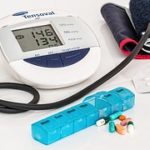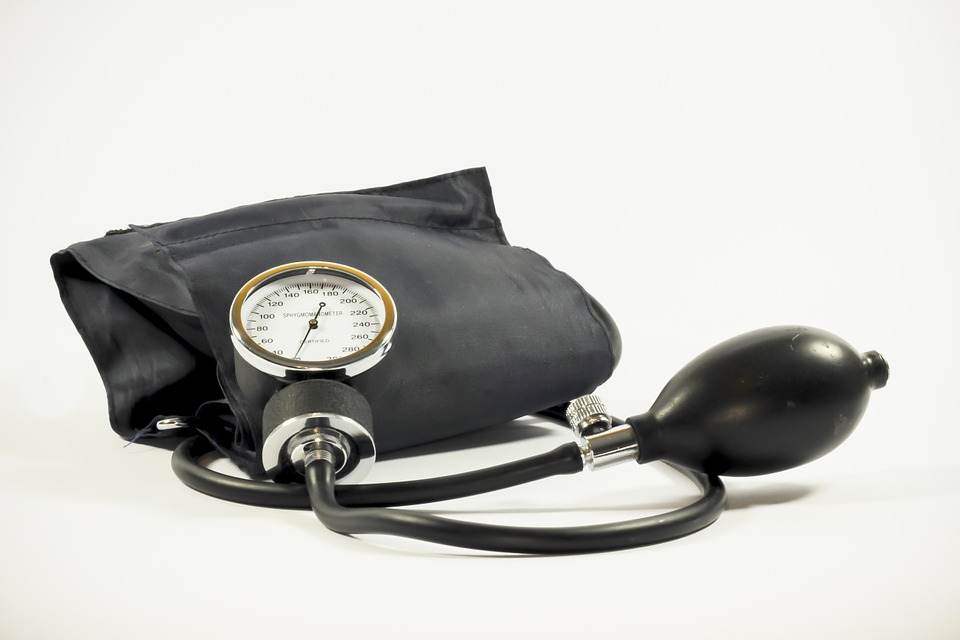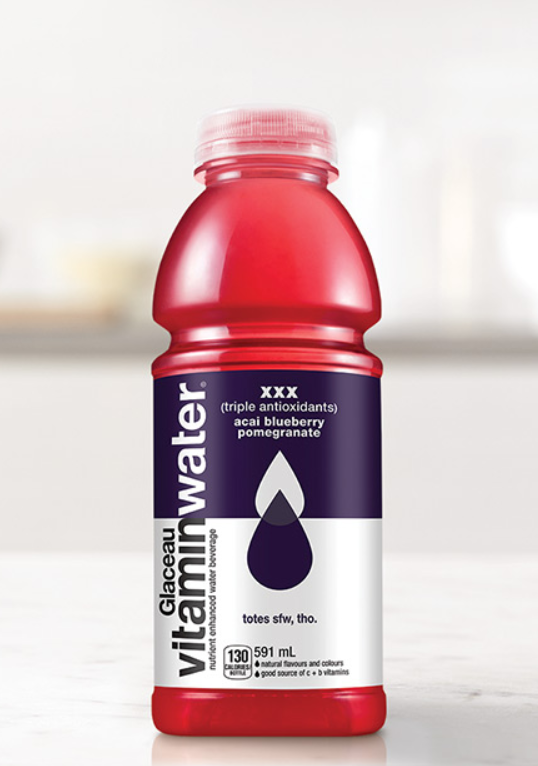12/08/2020
Our body is a kind of machine that needs lots of attention to keep it working properly. When it gets tired and feel drowsy, you should give it rest and sound sleep. If it feels hungry, you will give it food and nutrients. But, one day we feel really tired all of the time, we have headaches, and we do not feel like ourselves. These are symptoms related to some different things, so we try our medications, and we feel better for a little bit. Then it all comes back, so we decide to see a doctor. This is when we find out that we have hypertension.
Types of Hypertension
There are two types of hypertension, and they are essential, or primary, hypertension, and secondary hypertension. The cause of essential, or primary, hypertension is difficult to find, but treatment is available for it. On the flip side, when we know the cause of hypertension it is called secondary hypertension.
Renal hypertension
Hypertension caused by the kidney is called renal hypertension. The causes of renal hypertension could be stenosis or arteriosclerosis. Stenosis is the narrowing of the renal artery caused by the hardening of the muscular wall of the artery. Arteriosclerosis is also the same, but it is observed in old age as a result of the deposition of hard fat or cholesterol.
The renal artery supplies blood to the kidneys. If there is no supply of blood, then the kidney secretes the hormones renin and angiotensin in response. Aldosterone secreted from the adrenal gland, along with all the other hormones in the body increases the stiffness of the peripheral arteries and blood pressure increases.
Adrenal disorder
An adrenal disorder can be a cause of hypertension. This type of disorder causes excessive secretion of the hormones aldosterone or catecholamine, which is scientifically termed as hyperaldosteronism and pheochromocytoma. In hyperaldosteronism, retention of sodium and the excretion of potassium occur. This holds water and ultimately leads to hypertension, edema, swelling of tissues and an imbalance of osmolarity of the cell. Catecholamine causes vasoconstriction which gives resistance to the flow of blood leading to increasing in blood pressure.
 After appropriate tests like magnetic resonance imaging, checking the levels of renin, aldosterone, potassium, sodium, or Doppler tests, the appropriate treatments for hypertension can be given. Treatment may include angioplasty or angiography. Angioplasty is the mechanical procedure where a balloon catheter is taken to the site of fat deposits; expansion of balloon is completed where the fat deposits are to crush them and break them up. This helps increase blood flow without and hypertension will begin to decrease. Angiography is a tedious job wherein a stent is placed in the renal artery to open the artery and reduce any hypertension that may be experienced.
After appropriate tests like magnetic resonance imaging, checking the levels of renin, aldosterone, potassium, sodium, or Doppler tests, the appropriate treatments for hypertension can be given. Treatment may include angioplasty or angiography. Angioplasty is the mechanical procedure where a balloon catheter is taken to the site of fat deposits; expansion of balloon is completed where the fat deposits are to crush them and break them up. This helps increase blood flow without and hypertension will begin to decrease. Angiography is a tedious job wherein a stent is placed in the renal artery to open the artery and reduce any hypertension that may be experienced.
While these treatments are effective, it is important to understand that these procedures are completed when certain factors cause the hypertension. There may be times when only taking a medication each day can help to decrease it. Medical management can be useful …




